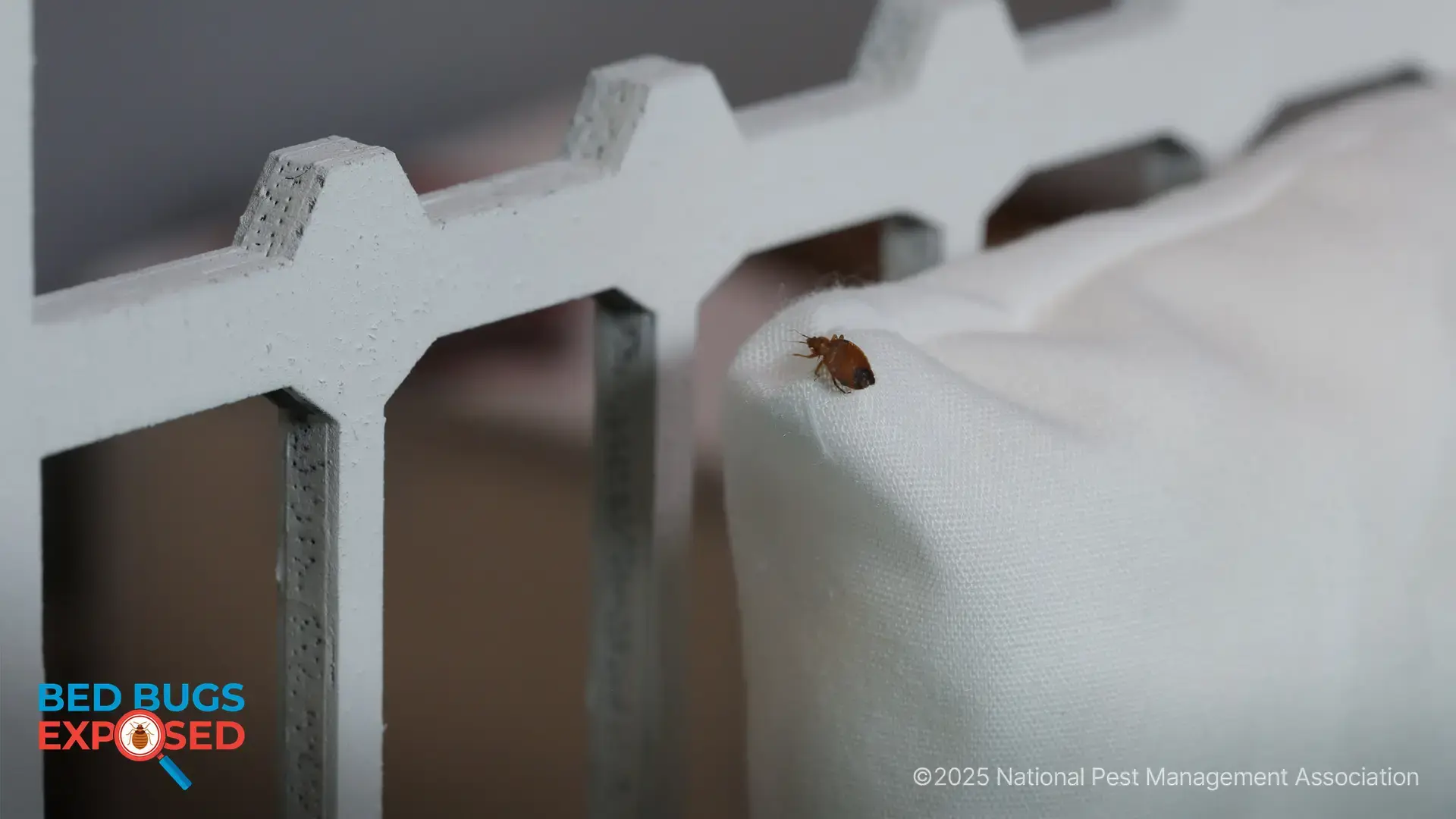Look Out: Cicadas to Swarm Southeast in Spring 2017
Your Guide to Enjoying Contact with Cicadas and Protecting Your Property this Spring
Residents of the Southeast, get ready! Brood IV of the 17-Year cicadas is expected to emerge this spring for the first time since 2000. The largest numbers are anticipated in portions of South Carolina, North Carolina and Georgia (with the potential for a smaller group to emerge in Wisconsin and Ohio). Periodical cicadas emerge from the soil in 13-or-17 year cycles when the temperature eight inches below the surface reaches 64 degrees.
While these insects may be perceived as a nuisance to homeowners due to their loud buzzing noise and the fact that they typically appear in the hundreds or thousands per acre, the good thing is, cicadas do not pose any threat to humans. The National Pest Management Association developed this quick FAQ that contains everything you need to know about cicadas, from how to identify them to the best ways to experience this short-lived natural phenomena.

How can periodical cicadas be identified?
They are easily identifiable by their striking black bodies, red eyes and red wing veins. Males will also produce a distinct loud buzzing noise that they use to attract female mates. They are often incorrectly referred to as locusts even though they are unrelated.
Where do periodical cicadas make their mark?
Areas populated with mature trees should expect to see the most cicadas. They will remain above ground for about a month to reproduce, before laying their eggs on tree branches and dying. Each female cicada can lay between 400 and 600 eggs, meaning populations can be enormous. The offspring fall to the ground after hatching and burrow in the soil until they re-emerge 13-17 years later. Once above ground, the periodical cicadas feed on a wide variety of deciduous plants and shrubs.

When are cicadas most active?
Periodical cicadas are least active at nighttime when they are most likely up in the trees, and early in the morning when the temperature is cooler. So, enjoy your nightcap or morning coffee outdoors, clear of cicadas!
How can you protect the trees on your property?
Periodical cicadas pose little threat to mature, healthy trees. Vegetation that stands any risk of damage is most often the weakest or youngest trees. Consider covering these with netting or cheesecloth — netting should have a mesh of no less than a quarter inch, and should be placed over the trees when the first buzzing noises are heard. The netting should be tied to the trunk beneath the lowest branches, and can be removed after adult cicada activity has ended.
How can I avoid contact with periodical cicadas?
Periodic cicadas are harmless to people. Their emergence is one of the grand spectacles in all of nature, and can be educational and enjoyable for the whole family. But, if you are looking for cicada-relief during an emergence, the best way to avoid contact is to limit time spent outdoors during the daytime hours when they are most active. Trust us, we know it’s hard when the weather is just getting warmer and the sun is calling our names!
For up-close photos of periodical cicadas and more information on this insect, click here: https://bit.ly/1hCKgtk.

Learn About Rodents
Rodents invade millions of homes each winter. Learn more about them!

NPMA's Bug Barometer Forecast
The latest Bug Barometer® forecast from the National Pest Management Association reveals what homeowners across America can expect from pest activity this fall and winter.

NPMA's Bed Bugs Exposed Project
Check out NPMA's Bed Bugs Exposed project to learn more about this hitchhiking pest and how to prevent an infestation at home.
Find a PEST PRO in your area

Learn About Rodents
Rodents invade millions of homes each winter. Learn more about them!

NPMA's Bug Barometer Forecast
The latest Bug Barometer® forecast from the National Pest Management Association reveals what homeowners across America can expect from pest activity this fall and winter.

NPMA's Bed Bugs Exposed Project
Check out NPMA's Bed Bugs Exposed project to learn more about this hitchhiking pest and how to prevent an infestation at home.
